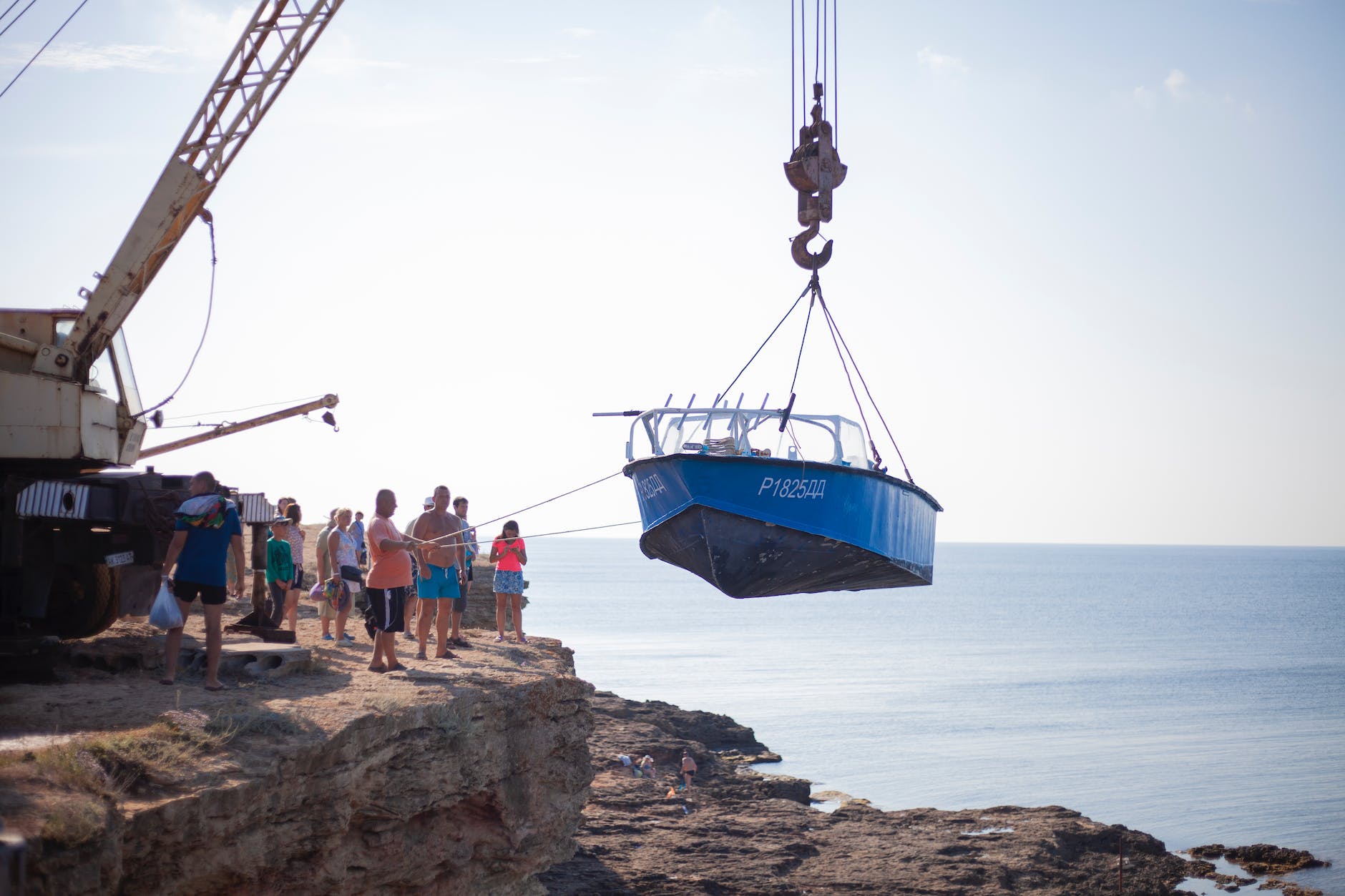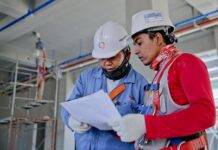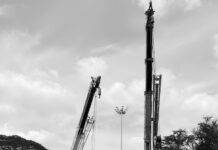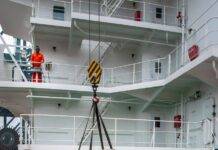
Crane Hazards and Control Measures
Crane operations play a pivotal role in various industries, from construction to manufacturing, enabling efficient heavy lifting. However, along with their utility, cranes pose significant hazards that require proactive measures for prevention and control.
Introduction to Crane Hazards
Understanding the potential risks associated with crane operations is crucial. According to recent statistics, crane-related accidents account for a notable percentage of workplace fatalities and injuries, emphasizing the need to address these hazards effectively.
Types of Crane Hazards
Crane hazards encompass mechanical, electrical, and overloading risks. Mechanical hazards involve malfunctioning parts, while electrical hazards stem from power lines or faulty equipment. Overloading hazards occur when cranes lift loads beyond their capacity, leading to structural failures.
Common Crane Accidents
Tipping accidents, load swinging incidents, and structural failures are among the common accidents involving cranes. These incidents can result from various factors, including improper operation, environmental conditions, or equipment failure.
Understanding Crane Safety Regulations
To mitigate crane hazards, regulatory bodies like OSHA provide guidelines for safe crane operations. Additionally, industries often establish specific safety protocols to ensure adherence to safety standards.
Control Measures for Crane Hazards
Implementing control measures is essential. Regular maintenance, thorough inspections, operator training, and employing safety devices are key strategies to mitigate crane-related risks.
Technology Advancements in Crane Safety
Advancements in sensor technology, monitoring systems, and automation have significantly enhanced crane safety. These innovations provide real-time data and enable remote operation, minimizing risks during operations.
Risk Assessment and Mitigation Strategies
Conducting thorough risk assessments and developing mitigation plans are critical steps in preventing crane accidents. Identifying potential risks and implementing proactive measures is fundamental.
Emergency Preparedness and Response
Establishing protocols for emergencies involving cranes and providing adequate training for swift responses is paramount. Prompt action during emergencies can mitigate potential disasters.
The Role of Proper Communication in Crane Safety
Clear communication and signaling protocols between crane operators and ground personnel are vital for accident prevention. Effective communication helps avert misunderstandings and ensures safe operations.
Costs of Crane Accidents
Crane accidents not only result in human costs but also significant financial implications for businesses. Delays in project timelines and damage to reputation are additional consequences.
Measuring the Effectiveness of Safety Measures
Establishing metrics to evaluate the effectiveness of safety measures is crucial. Monitoring and analyzing data help in continual improvement of safety protocols.
Continuous Improvement in Crane Safety
Safety standards evolve, and encouraging innovation is crucial for advancing crane safety. Constant improvement ensures a safer work environment.
Challenges in Implementing Crane Safety Measures
Despite the importance of safety measures, challenges in compliance and implementation persist. Identifying obstacles and developing strategies to overcome them are imperative.
Cranes present various hazards in construction and industrial settings. Some common hazards include:- Overloading: Exceeding the crane’s weight capacity can cause it to tip over or collapse, posing a significant risk to workers and property.
- Electrical Hazards: Contact with power lines can lead to electrocution. Crane operators need to be aware of the proximity of power lines and take necessary precautions.
- Falling Objects: Improperly secured loads can fall from the crane, endangering workers below. Regular inspections of lifting equipment and securement protocols are essential.
- Boom Failure: Cranes can experience boom collapse due to structural issues or overloading, causing serious accidents.
- Crushing Hazards: Workers can get caught between the crane and fixed objects or between moving loads and structures, leading to severe injuries or fatalities.
To mitigate these risks, several control measures should be implemented:- Training and Qualification: Properly trained and qualified personnel should operate cranes, ensuring they understand safety protocols and equipment limitations.
- Regular Inspections: Routine inspections of crane components, including hooks, ropes, and lifting mechanisms, are critical to identifying and addressing potential issues before they cause accidents.
- Safety Devices: Use safety devices like limit switches, overload protection, anti-two block systems, and emergency stop mechanisms to enhance crane safety.
- Clear Communication: Establish clear communication protocols between the crane operator and ground personnel to prevent accidents due to misunderstandings.
- Site Planning: Evaluate the worksite to identify potential hazards, including power lines, unstable ground, or overhead obstacles, and take measures to mitigate these risks.
- Proper Maintenance: Regular maintenance and servicing of cranes should be carried out according to manufacturer recommendations to ensure optimal functioning.
- Personal Protective Equipment (PPE): Workers involved in crane operations should wear appropriate PPE, such as helmets, high-visibility vests, and steel-toed boots, to minimize injury risks.
Implementing these control measures can significantly reduce the hazards associated with crane operations and promote a safer working environment.Conclusion
In conclusion, addressing crane hazards demands a multi-faceted approach. From understanding different types of risks to implementing advanced technology and fostering a safety-oriented culture, prioritizing safety is paramount.
Web Sling Capacity Calculation
Web Sling Size and Capacity with Chart
FAQs
- How common are crane-related accidents? Crane-related accidents, while not as frequent as other workplace incidents, still account for a significant portion of industrial accidents. Statistics indicate that they are a notable cause of fatalities and injuries in various industries.
- What are the main causes of crane accidents? Crane accidents can result from multiple factors, including human error, mechanical failures, overloading, electrical malfunctions, environmental conditions, inadequate training, and lack of adherence to safety protocols.
- Are there specific regulations for crane safety? Yes, regulatory bodies like the Occupational Safety and Health Administration (OSHA) have specific guidelines and standards for crane safety. Additionally, different industries may have their own set of safety protocols and regulations.
- How can businesses mitigate the financial impact of crane accidents? Mitigating the financial impact involves implementing robust safety measures, conducting regular inspections and maintenance, providing thorough training to operators, and investing in safety technology. These actions can minimize the occurrence of accidents and their associated costs.
- What role does technology play in improving crane safety? Technology has significantly enhanced crane safety with advancements such as sensors, monitoring systems, automation, and remote operation. These innovations provide real-time data, early warnings, and increased control, reducing risks during crane operations.





















